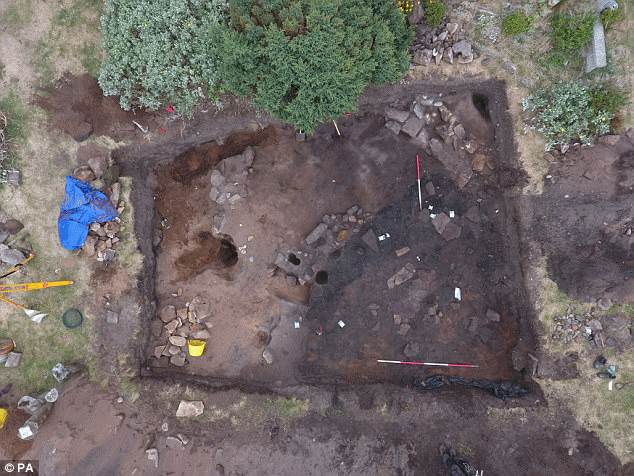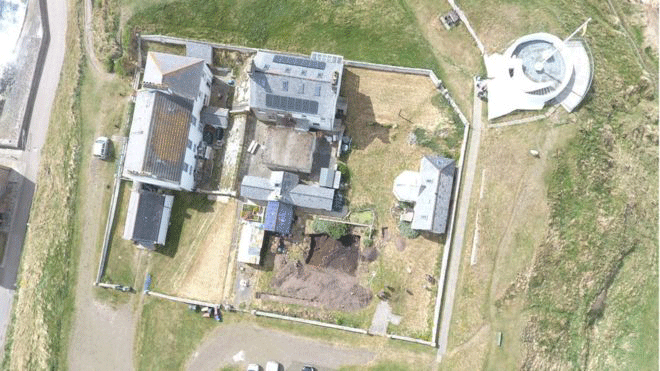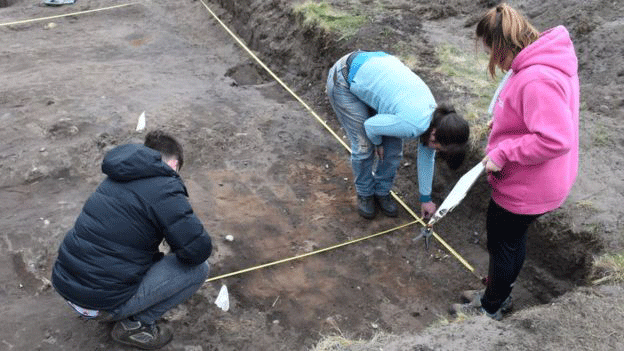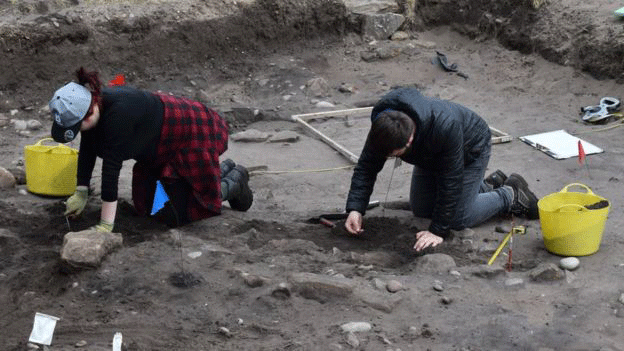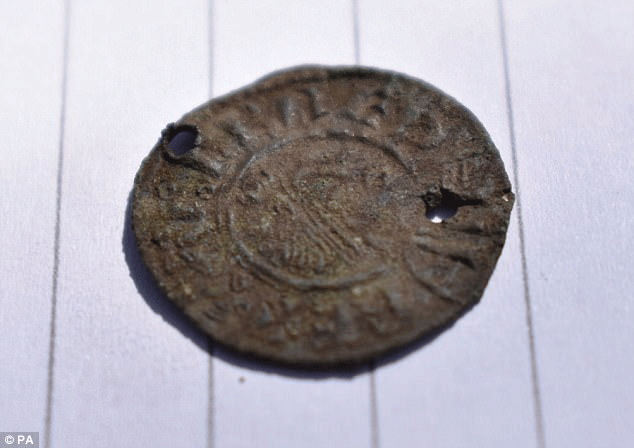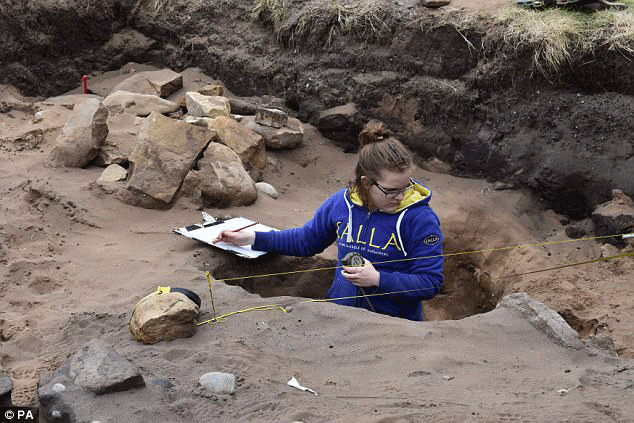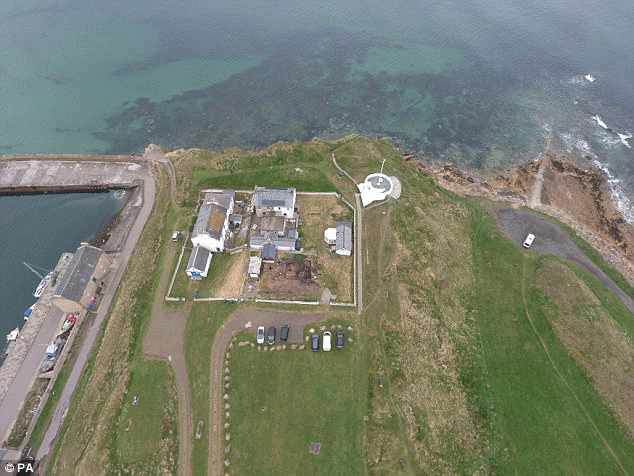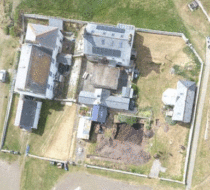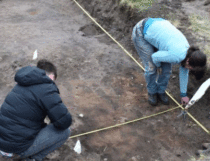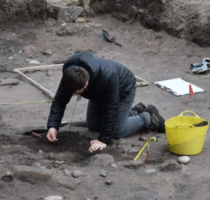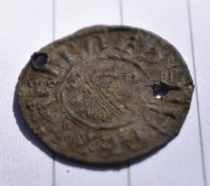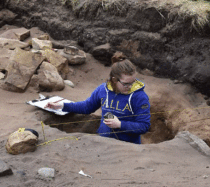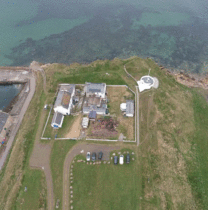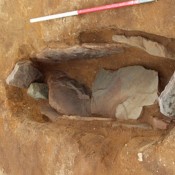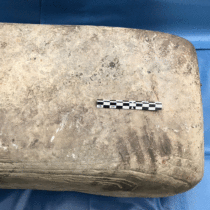Archaeologists in Scotland have uncovered evidence of a Pictish longhouse and a 1,100-year-old coin at Burghead Fort.
The site is located near Lossiemouth in Moray, at Burhead Fort, a key royal centre of Northern Pictland and an important seat of power of the Pictish kingdom, in AD500-1000. A team of archaeologists from the University of Aberdeen started excavating the site in 2015. Initially they thought that development in the area would have destroyed the remains, but the new discovery gives hope that significant evidence on the character of Pictish domestic architecture and culture at major forts will arise.
Everyone had assumed that 19th century development had destroyed any evidence and thus did not look carefully inside the fort. However, beneath the 19th century debris archaeologists started to find singificant Pictish remains, said senior lecturer Dr Gordon Noble.
In the floor area of the longhouse archaeologists found an Anglo-Saxon coin of Alfred the Great, dating back to the 9th century. It is pierced, probably for wearing, but most significantly it shows that the people occupying the fort at the time, although not pertaining to a monetary economy, did wear their wealth.
Also, a stone-built hearth is located at one end of the building. Along with the coin this helps determining the dating of the building towards the end of the use of the fort.
Excavations are conducted in conjunction with Burghead Headline Trust, with support from Aberdeenshire Council Archaeology Service.
